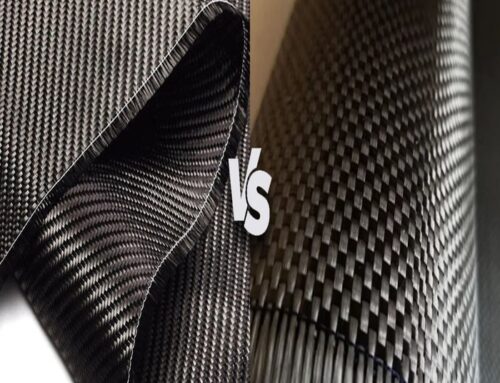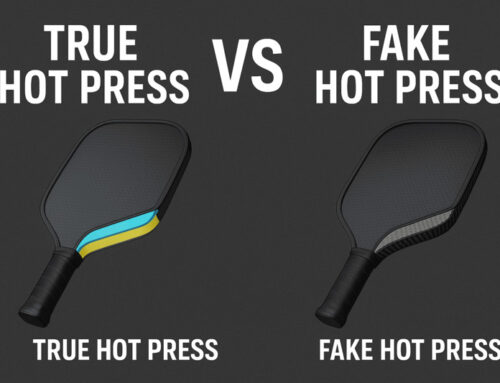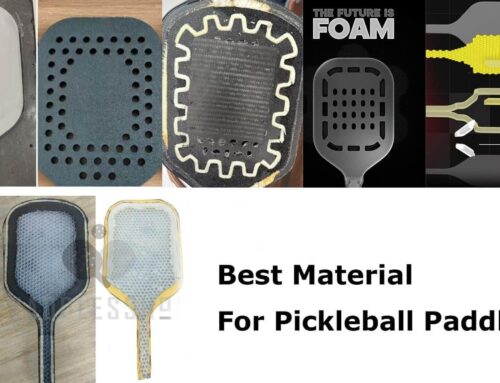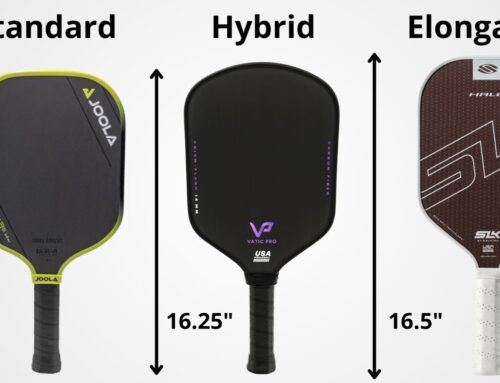In today’s world of sports, Pickleball has emerged as a dynamic and engaging activity that has captured the attention of many. Within the realm of Pickleball, choosing the right paddle is paramount to enhancing game performance and developing individual skills. Among the myriad factors that influence paddle performance, swing weight, twist weight, and balance are some of the most critical variables. Let’s delve into these three key factors, understanding their impact on hitting performance, and how adjustments in these aspects can lead to better game results.
The Impact of Swing Weight
Swing weight refers to the overall weight of the paddle, including its grip, shaft, and head. This factor directly affects hitting power and control. A higher swing weight results in greater impact force during hitting, leading to longer and faster shots. However, heavier paddles require more muscle engagement and may lead to fatigue, especially during prolonged matches. Conversely, lighter paddles are easier to swing, providing enhanced control and accuracy, making them suitable for situations requiring precise hitting. When selecting swing weight, athletes need to consider their physical stamina, hitting style, and game requirements.
The Significance of Twist Weight
Twist weight pertains to the weight of the paddle’s head, often referred to as being “head-heavy” or “head-light.” Twist weight significantly influences the stability and accuracy of hitting. A higher twist weight stabilizes the paddle’s swing during hitting, resulting in more stable and accurate shots. This is crucial for players who require precise control, especially when executing intricate techniques. However, excessively high twist weight might affect the paddle’s swing speed, prompting players to strike a balance between stability and agility. By adjusting twist weight, athletes can maintain stability while enhancing their agility and swing speed.
Choosing the Right Balance Point
The balance point of a paddle denotes its center of gravity between the grip and the paddle’s head. Different balance points influence the overall balance and swing of the paddle. Based on the location of the balance point, paddles can be categorized as head-heavy, balanced, or handle-heavy. Head-heavy paddles have their center of gravity closer to the head and are suitable for players seeking more power. Handle-heavy paddles place the center of gravity near the handle, offering improved control, which is advantageous in situations demanding accurate hitting. The choice of balance should align with an individual’s hitting style and preferences, enabling athletes to maximize their strengths.
How to Control These Three Key Factors
To control swing weight, twist weight, and balance, athletes can take the following measures:
- Selecting the Right Brand and Model: Different paddle brands and models may exhibit variations in these parameters. Athletes can choose a paddle that aligns with their specific needs.
- Exploring Different Materials: Paddle materials impact weight and balance. Athletes can experiment with paddles made from various materials to find their ideal configuration.
- Adding Customizations: Athletes can adjust swing weight, twist weight, and balance by adding customizations to their paddles, tailoring them to their requirements.
- Consulting Professional Coaches: Professional coaches can offer advice and guidance on paddle configuration based on an athlete’s hitting style and skill level.
The End about Mayvoci
1)Design:Over 100 paddle designs and photography service to assist start-up.
2)Professional:Focus on various of paddles manufacturing for 6 years
3)Quality:Strict quality management system to provide safety and satisfaction for customers
4)Amazon:Flexible comprehensive solution to make sure each Amazon seller is well cared.
5)Excellent Team:Experienced paddle experts & dynamic sales team give you 5-star service





